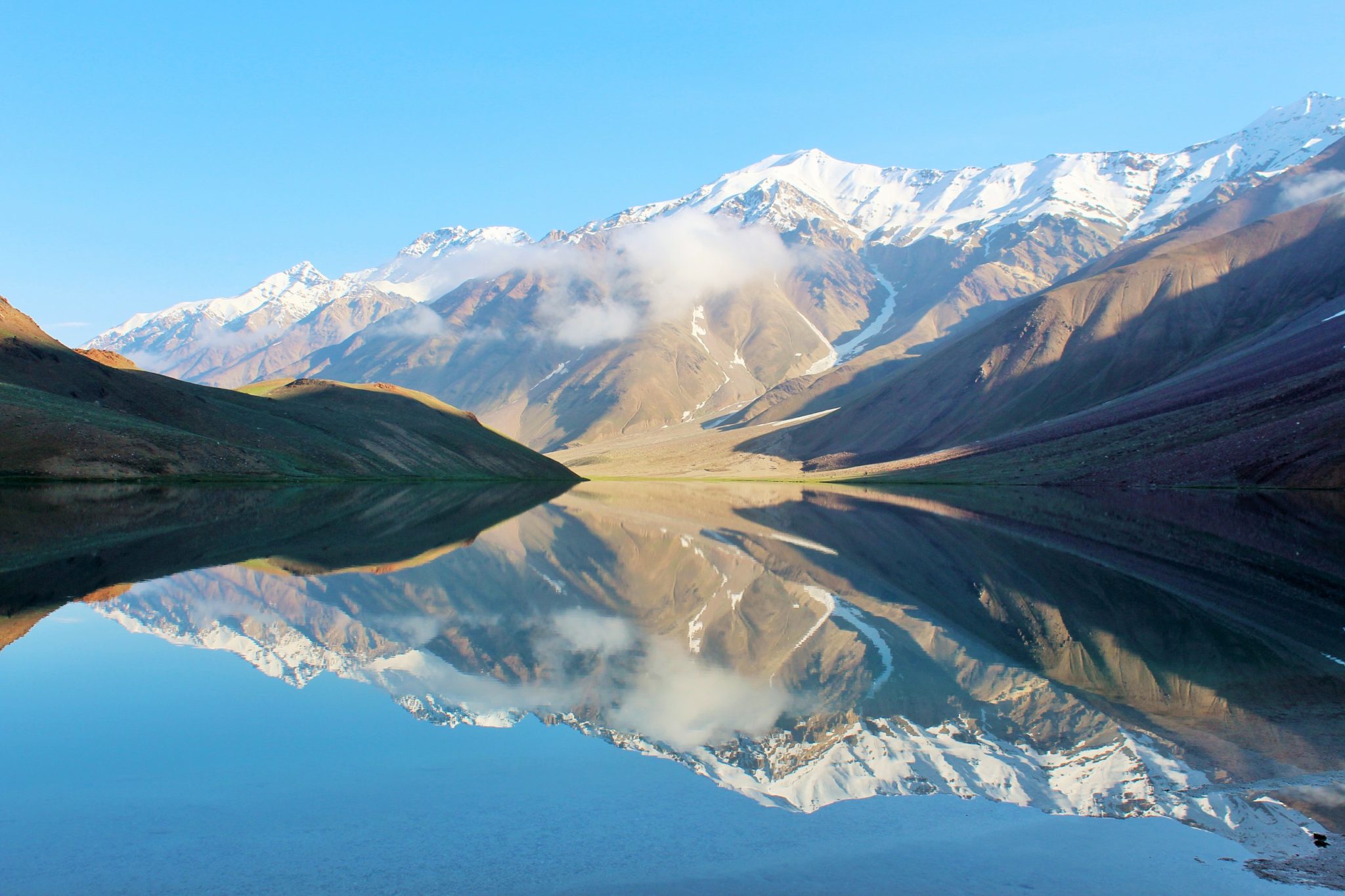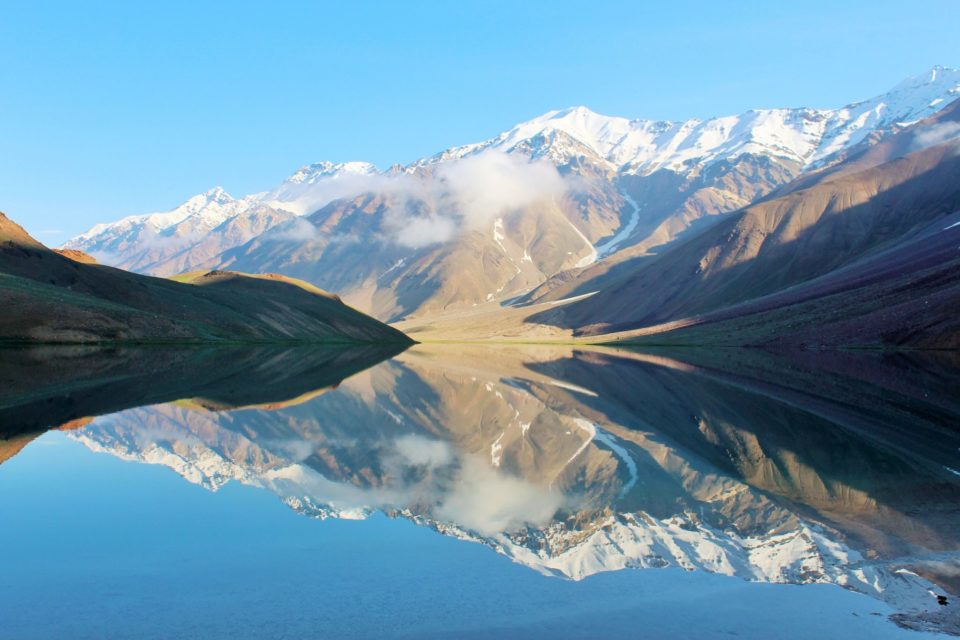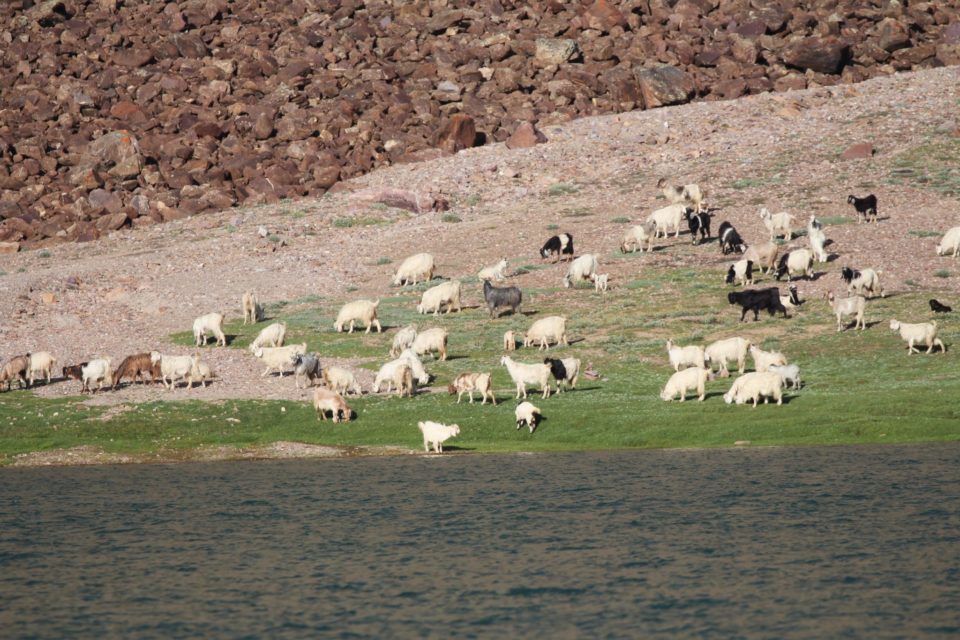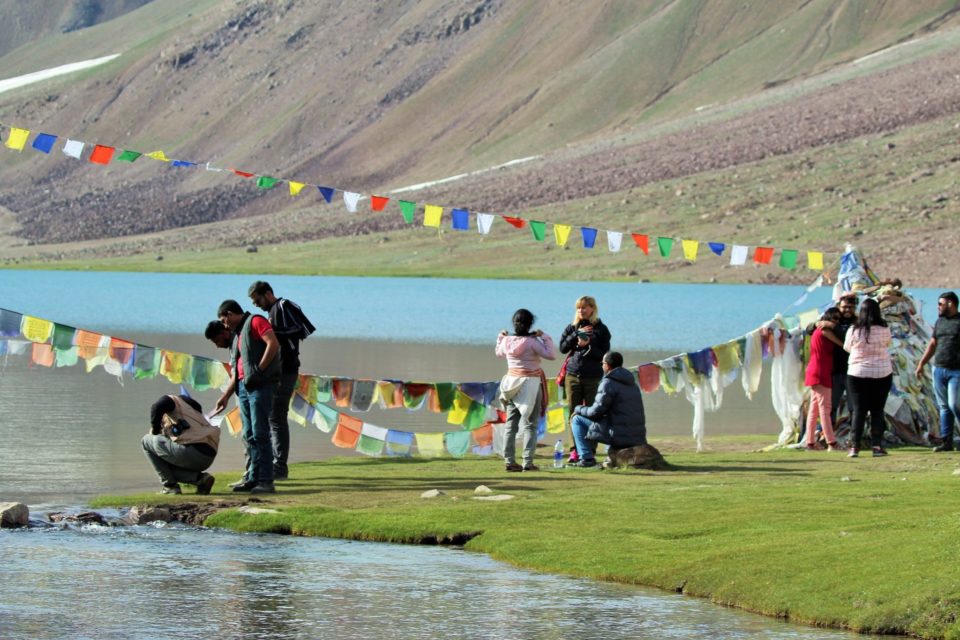
Securing Chandertal: Perspectives and priorities
-
Climate and disaster risks
-
Integrated management planning
-
Integrating wetlands in water management
Wetlands International South Asia (WISA) is developing a model management planning framework for the high-altitude wetlands in select Himalayan landscapes under the aegis of ‘SECURE Himalayas’. The project envisions to integrate wetland conservation and wise-use concept within current management regimes of Chandertal Wetland in Himachal Pradesh

In the Himalayan region, the high-altitude wetlands form crucial freshwater storehouses supporting a multitude of ecosystem cum landscape services. Chandertal Wetland in Himachal Pradesh is one such iconic example. Its crescent-moon shape (Chandra) gives it the name. It has been designated as a wetland of international importance under the Ramsar Convention in 2005. It is also a priority wetland under the State Wetland Conservation Program – 2018.
Chandertal (49 ha) is nested in the upper catchment of river Chandra in Himachal Pradesh at an elevation of 4,300m amsl. Fed by snow and glaciers from Losar and Chandrabhaga mountain ranges, the wetland forms an integral part of the local cryosphere influencing the landscape hydrological regime. The importance of the wetland is further by its unparalleled aesthetic beauty and cultural values. It is also a safe haven for the endemic and endangered mountain fauna and flora. The Indigenous communities celebrate it through traditional folklores and festivals essentially making it a sacred wetland. Owing to its vulnerability to the increasing anthropogenic stressors and impeding environmental challenges, a scoping study to identify management interventions was conducted in July, 2019. Field visits and stakeholder consultations at landscape scale were conducted by personnel from WISA.
The wetland apparently was in a near pristine condition and locals reported occurrence of notable fauna including Snow Leopard, Tibetan Wolf, Ibex and waterbirds. Mass livestock grazing and feral dog menace was recorded as a major threat, also the recent spurt in tourism has led to disturbance to wetland habitat increasing solid waste and noise pollution. Inadequate human resource allocation and unsuitable regulatory framework has further aggravated wetland management challenges. It is essential that the important landscape aspects interacting with the wetland, such as the marshy-bog ecosystem on the western flank which support high biodiversity and holds carbon sequestration potential, the eastern flank with moraines and glaciers contribute to silt and water inflow, and alpine meadows in north are sustainably conserved and managed.

Discussions with state departments such as forest, science and technology, and tourism revealed their business as usual approach of sectoral planning and interventions. Interactions with local communities, however, highlighted the values and threats to wetland. They associate with Chandertal as a source of livelihood and cultural identity, and acknowledge the adverse impacts of changing climate and irresponsible tourism on the wetland.

The field observations, expert opinions, and community voices emphasized the need of integrated wetland management planning for Chandertal to address the conservation issues. WISA will provide training and build capacity of community members and wetland managers for field implementation. An overarching model framework for high altitude wetland management will be devised.
